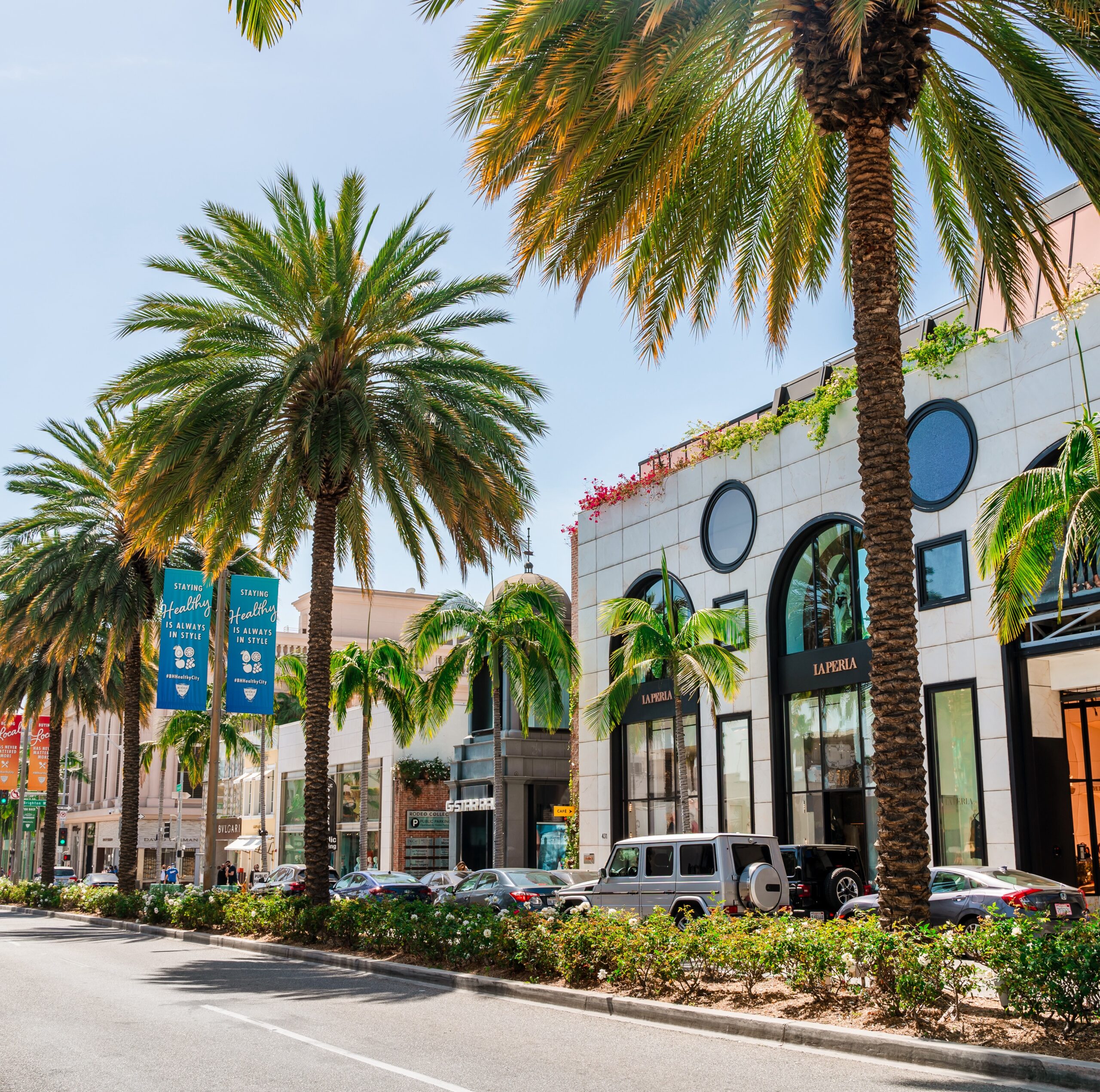Pandemic, Social Unrest, and Crime in U.S. Cities: November 2020 Update
This report updates previous research by the authors with additional crime data through the end of October 2020. It examines crime rates for ten offenses in 28 American cities during the COVID-19 pandemic and social unrest over police violence. Not all cities reported data for each offense, and offense classifications varied somewhat across the cities.
Methodology
Led by University of Missouri-St. Louis Professor Emeritus Richard Rosenfeld, a former president of the American Society of Criminology, researchers examined weekly changes in 10 different criminal offenses across 28 cities from January 2017 through October 2020. The largest city is Los Angeles, the smallest is St. Petersburg, and Baltimore was added to this sample. Crime data was obtained from the online portals of police departments. Crime counts for recent months are preliminary and may be subject to revision, although subsequent changes should not substantially affect the findings.
Findings
- Homicides, aggravated assaults, and gun assaults rose significantly beginning in late May and June of 2020. Homicide rates increased by 42% during the summer and 34% in the fall over the summer and fall of 2019. In the 21 cities providing homicide data, there were 610 more homicides in the summer and fall of 2020 than during the same period in 2019. Aggravated assaults went up by 15% in the summer and 13% in the fall of 2020; gun assaults increased by 15% and 16%.
- With the exception of a brief spike in non-residential burglary, property and drug crime rates fell during the first eight months of the pandemic. Residential burglary, larceny, and drug offense rates dropped by 24%, 24%, and 32% from the same period in 2019.
- Domestic violence increased during the pandemic, but the increase was not significantly greater than the year before. This result is based on just 12 of the 28 cities and should be viewed with caution.
- The researchers believe that subduing the pandemic, pursuing crime control strategies of proven effectiveness, and enacting needed police reforms will be necessary to achieve durable reductions in violent crime in our cities.



